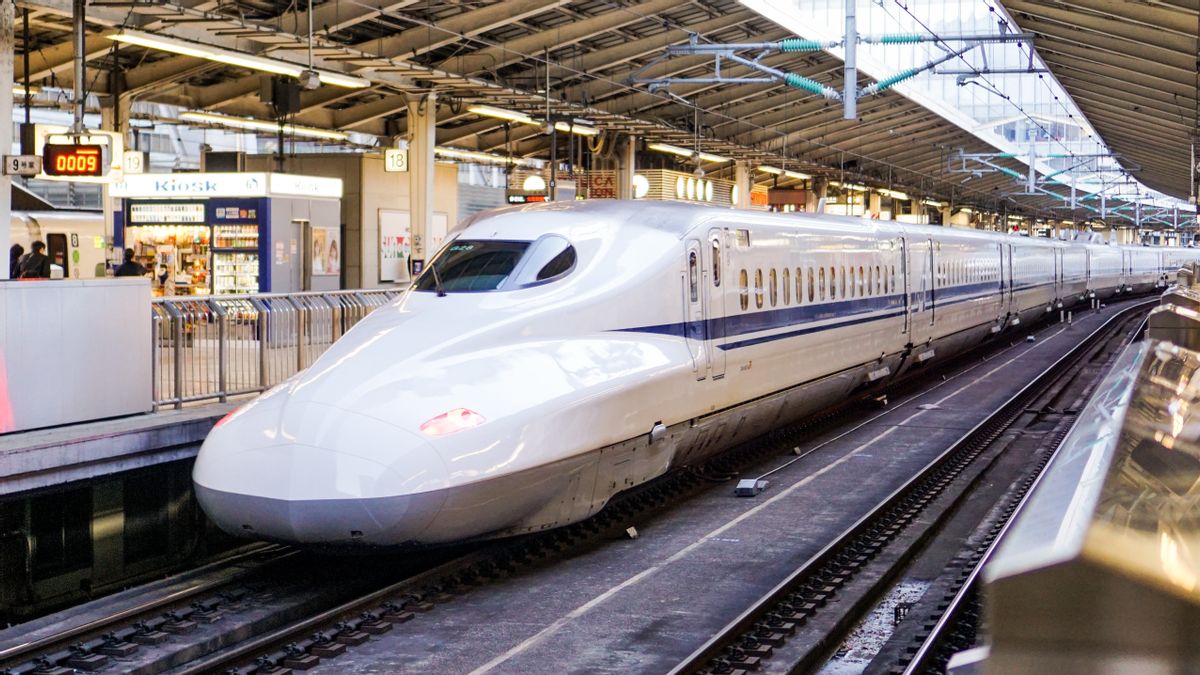JAKARTA - China launched a high-speed bullet train capable of operating in extreme weather on January 6. Named CR400AF-G, this train can reach speeds of 350 kilometers per hour in temperatures of -40 degrees Celsius.
This train from the Fuxing series is included in the high-speed electric multiple-unit (EMU) category developed and operated by the China State Railway Group.
The plan is for the train to operate on a newly constructed high-speed line to connect Beijing with cities in the northeast such as Shenyang and Harbin, where the latter city is known for its annual snow and ice festival. However, it is not clear when this train will begin operating.
Operating in extreme weather is certainly not easy, especially for fast trains. No wonder this train is made using several selected raw materials, such as bolts that can withstand extreme temperatures and are made of chromium-molybdenum, silicone sealing strips that can prevent snow and ice from entering the train, steel pipes equipped with heaters to brake control devices. which can withstand extreme temperatures.

The train is also equipped with an efficient low resistance design, helping to reduce energy consumption, with a body made of lightweight aluminum alloy.
"If the train stops in Harbin, one of the coldest cities in China, for an hour. The braking system can easily freeze, because the train stops moving. This new system allows the brakes to move from time to time, even after the train has stopped," he explained. Beijing Group China Railway Bullet Train Center Director Zhou Song, as reported by CNN from China Daily.
To note, China is currently a 'home' to the world's largest high-speed rail network. The track stretches for more than 37 thousand kilometers, with the world's fastest commercial train, the Maglev Shanghai, which can reach up to 431 kilometers per hour.
However, China is not alone. Japan, which first introduced the high-speed rail network, also introduced bullet trains to run in extreme conditions. Having the serial number N700S, this train is capable of running up to 360 kilometers per hour, but for security reasons it is limited to 285 kilometers per hour.
The train has automatic controls and an improved braking system, with the ability to stop faster in an emergency. This train is also the first to be equipped with an automatic propulsion system powered by lithium-ion batteries.
With this system, trains can travel on their own for short distances during a power cut. Allows the train to move to a safer location at lower speed, if it is in a risky area such as a bridge or tunnel during an earthquake.
The English, Chinese, Japanese, Arabic, and French versions are automatically generated by the AI. So there may still be inaccuracies in translating, please always see Indonesian as our main language. (system supported by DigitalSiber.id)










